You can chop like it’s nobody’s business, and you definitely know your way around a stove. But now you’re ready to take your skills to that next level, kind of like the home cooks facing “The Wall” on Food Network Canada’s latest series, Wall of Chefs. So what are some tried-and-true cooking methods the show’s pro chefs not only swear by, but that may also help you to avoid future kitchen disasters? Read on to find out.

Get Organized in the Kitchen
It doesn’t matter what you’re making; if you’re disorganized or you don’t have your ingredients ready to go, your chances of burning, undercooking, or forgetting an ingredient increase exponentially. “Learn how to properly mise en place,” Todd Perrin advices. “Do what you can do in advance, so at service time you are not rushed or stressed. Calm, happy cooks make much better dishes.”

Always Rest Your Meat
The next time you pull that roast chicken, pork or beef from the oven, be sure to rest it for 10-20 minutes before cutting into it so that the juices can redistribute into the meat and they won’t just dribble out. “Make sure to rest your meat; take it out or stop cooking it a few degrees before the doneness and let it rest,” says Renée Lavallée.
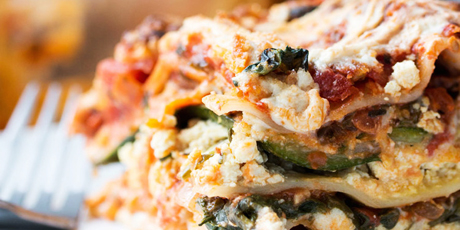
Taste As you Go Along
“This is a mistake chefs make,” says Guy Rawlings. “Try the dish as a whole. The first rendition is rarely the best. Taste it all together to see what’s missing and adjust accordingly. Sometimes it takes the sixth version to nail it. Or at that point you realize it may have been a fun idea, but isn’t that good in reality and you need to go in a different direction.”
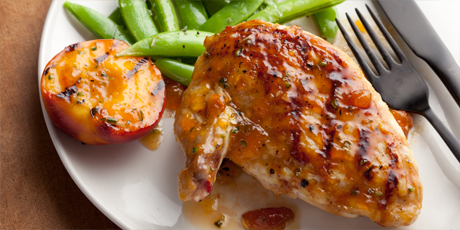
Deglaze Your Pan
“No matter what you are cooking, in a pan or a pot, at the end add some sort of liquid—stock, wine, tomato juice, cream, cooking wine, a squeeze of citrus, or even water—and deglaze the bottom of the pan, scraping up any crispy bits,” says Christa Bruneau-Guenther. “This will form its own sauce and will add a ton of flavour.”
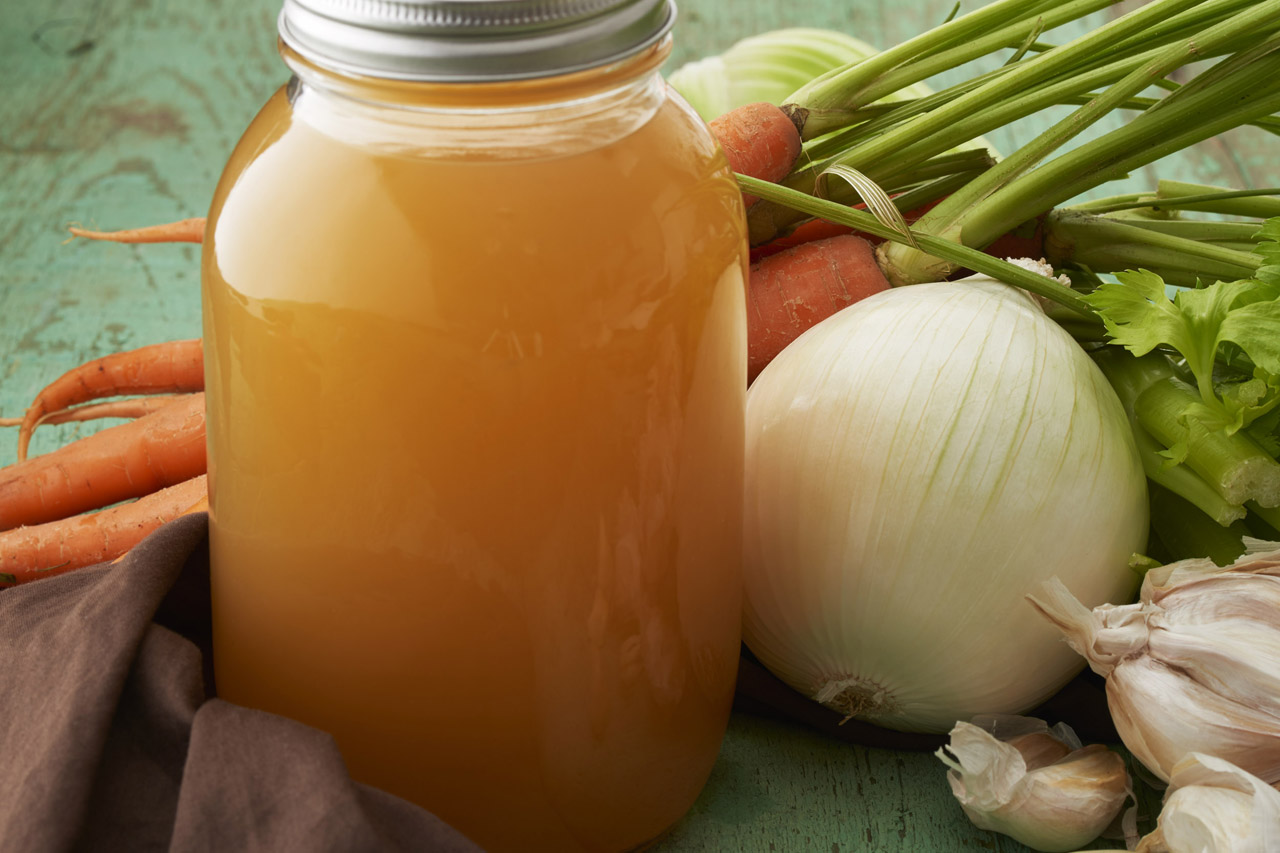
Make Your Own Stock
If you want to develop dishes with deeper flavours then stop spending money on store-bought stock and start making your own. “It’s super easy to do, it prevents waste, and it tastes just so much better than commercial bases,” says Nick Hodge. “For extra points, be sure to roast bones first; then don’t be shy to reduce the liquid for more concentrated flavours.”
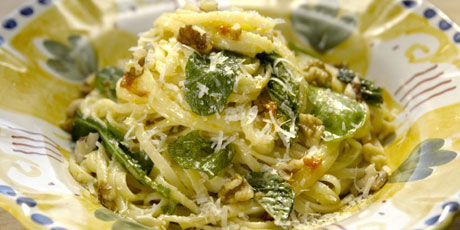
When In Doubt, Add Anchovies
Whether you’re a fan of the tiny fish or not, anchovies are a great way to add extra flavour to basic sauces or savoury dishes. Mark McEwan does it all the time. “Good quality anchovies really elevate dishes,” he says. “When in doubt, use anchovy! It’s a perfect way to add umami to a vinaigrette or sauce. When incorporated properly, it’s not an ingredient you can really detect on its own, but it adds an incredible level of flavour to a dish.”
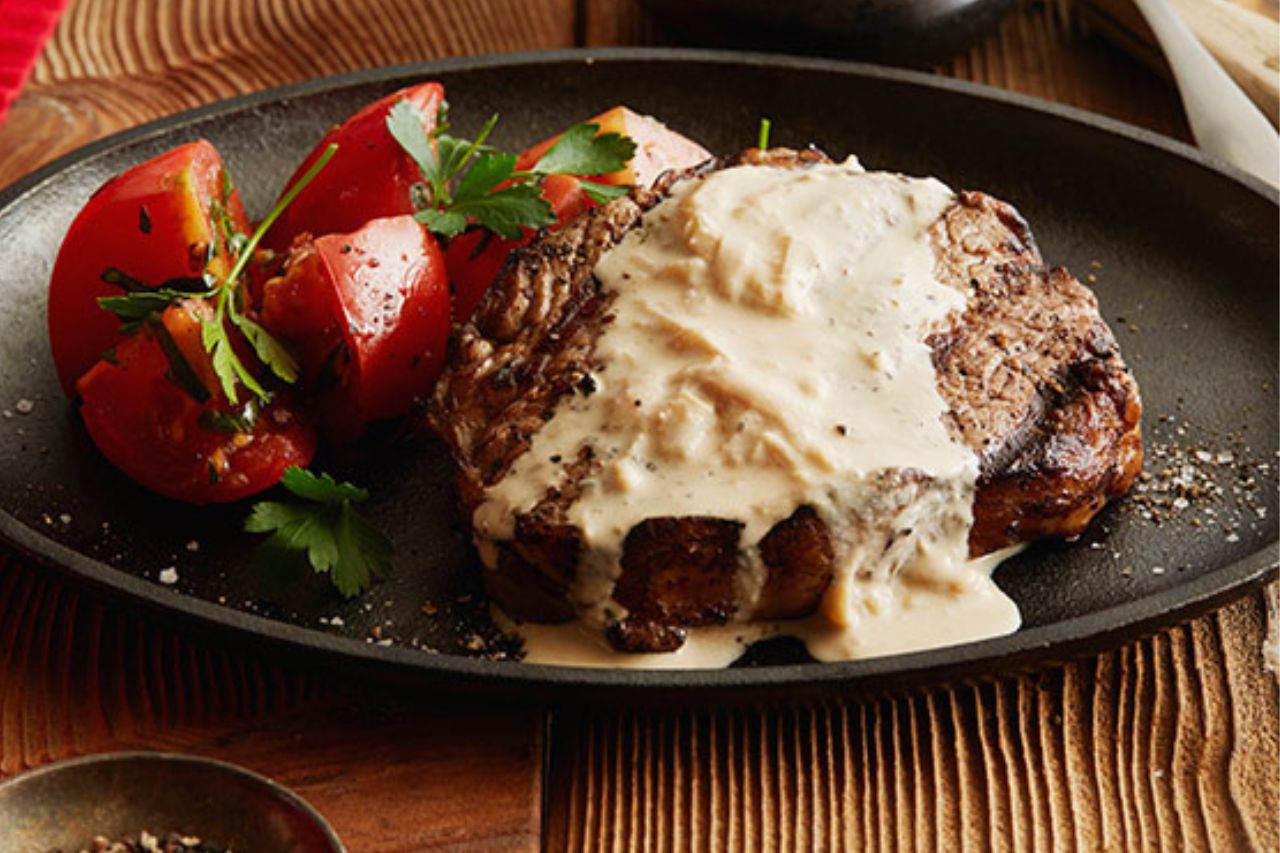
Reverse Sear Your Next Steak
“When grilling steaks on charcoal, consider reverse searing,” says Alex Chen. “Cook steak with the lowest amount of heat, such as indirect heat, so you achieve a very even and slow coagulation of protein. Brown the steak directly onto the coal at the end to get a nice char; allow steak to rest before slicing.”
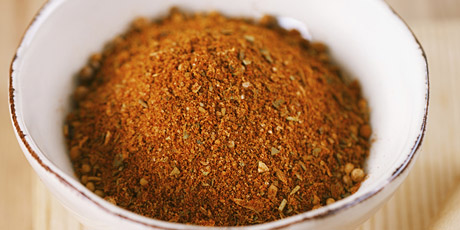
Toast Your Spices
If you want to maximize flavours in any dish, Jesse Vergen and Marysol Foucault agree that the simplest way to do so is to toast your spices ahead of time to create more depth. “Use a dry pan, a bit of heat, and you’re kicking some flavour back into those spices that have been sitting around for months,” says Vergen.
